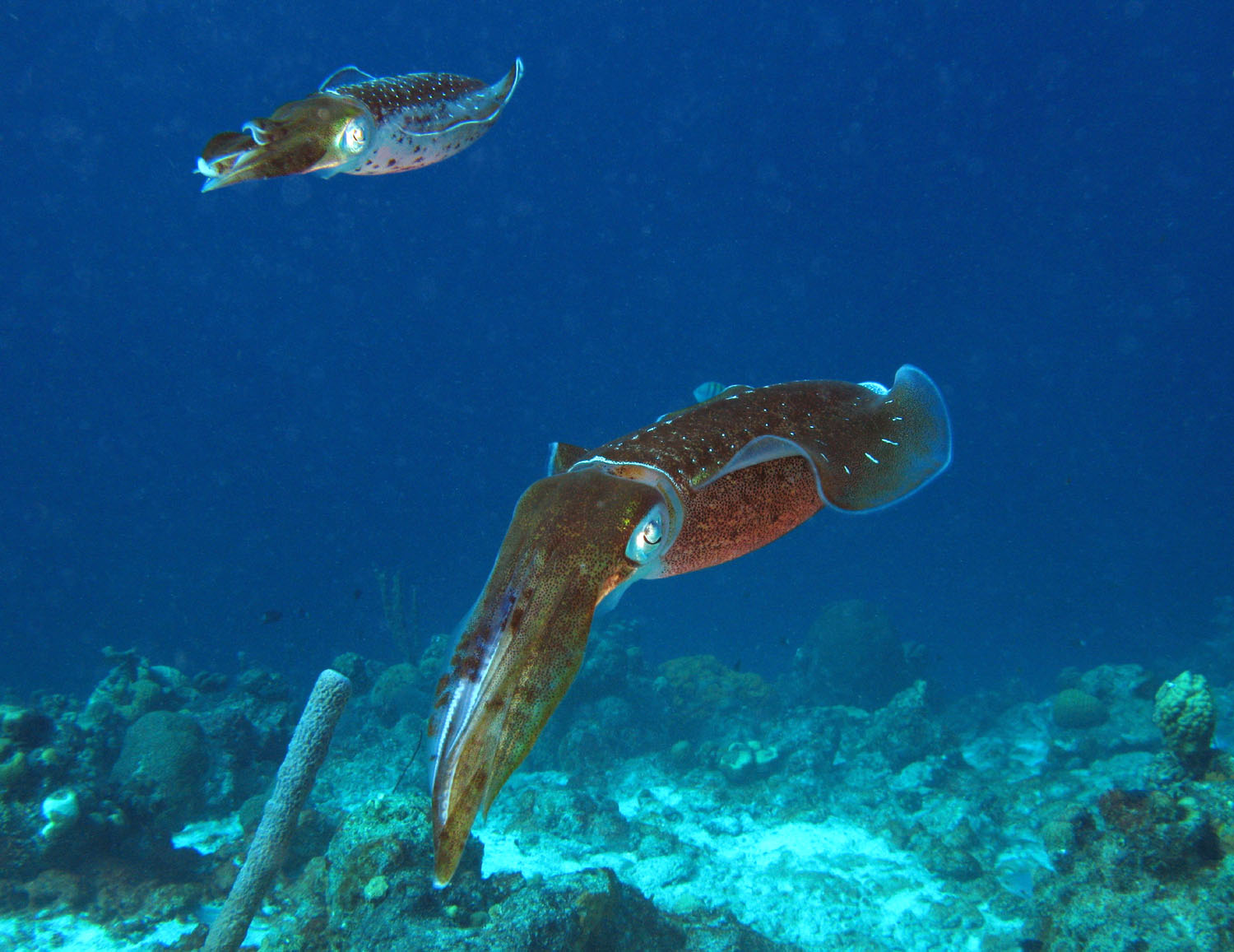

Specimens are rare in tropical and polar latitudes. It is usually found near continental and island slopes from the North Atlantic Ocean, especially Newfoundland, Norway, the northern British Isles, Spain and the oceanic islands of the Azores and Madeira, to the South Atlantic around southern Africa, the North Pacific around Japan, and the southwestern Pacific around New Zealand and Australia. The giant squid is widespread, occurring in all of the world's oceans.

8.1.4 Second video of giant squid in natural habitat.6.2 Predators and potential cannibalism.The first images of the animal in its natural habitat were taken in 2004 by a Japanese team. The number of different giant squid species has been debated, but genetic research suggests that only one species exists.

Claims of specimens measuring 20 m (66 ft) or more have not been scientifically documented. The mantle of the giant squid is about 2 m (6 ft 7 in) long (more for females, less for males), and the length of the squid excluding its tentacles (but including head and arms) rarely exceeds 5 m (16 ft). It can grow to a tremendous size, offering an example of deep-sea gigantism: recent estimates put the maximum size at around 12–13 m (39–43 ft) for females and 10 m (33 ft) for males, from the posterior fins to the tip of the two long tentacles (longer than the colossal squid at an estimated 9–10 m (30–33 ft), but substantially lighter, due to the tentacles making up most of the length ). The giant squid ( Architeuthis dux) is a species of deep-ocean dwelling squid in the family Architeuthidae. Worldwide giant squid distribution based on recovered specimens


 0 kommentar(er)
0 kommentar(er)
